NPLs may go up due to elevated inflation, rise in business loans

ELEVATED INFLATION and more businesses taking out loans amid the economy’s reopening may cause financial institutions’ nonperforming loan (NLP) ratio to rise, analysts said.
“The higher inflation and higher interest rates could be a factor affecting the bottom line of companies, thus contributing to NPLs,” Jonathan L. Ravelas, senior adviser at professional services firm Reyes Tacandong & Co, said via text.
The banking industry’s gross bad loan ratio increased to 3.41% from 3.33% in March, though it was lower than 3.93% a year earlier, data from the Bangko Sentral ng Pilipinas (BSP) showed.
Bad loans in April rose by 3.05% to P427.265 billion from a month earlier but fell by 4.5% from a year prior.
Banks’ gross loan portfolio grew by 9.9% year on year to P12.52 trillion and climbed by 0.6% from a month ago.
“The recent pick up in NPL ratio could be attributed to higher prices and higher interest rates since 2022 that led to higher borrowing costs,” Rizal Commercial Banking Corp. Chief Economist Michael L. Ricafort said in a Viber message.
Inflation stood at 6.1% in May, bringing the five-month average to 7.5%, still above the BSP’s 2-4% target.
The BSP raised interest rates by 425 basis points from May 2022 to March this year in an effort to stem elevated inflation, bringing the policy rate to 6.25%, the highest in nearly 16 years. It has since paused its tightening cycle.
Meanwhile, First Standard Finance Corp. President Jacqueline Tan-Sainz said the reopening of the economy has prompted more businesses to take out loans, which has led to more NPLs.
“Currently, one of the reasons why NPLs could be higher is because there are a lot of new entrepreneurs. Because after the pandemic, they want to start anew. With new businesses come higher risk, that’s where the higher contribution of NPLs will come from,” Ms. Tan-Sainz said in an interview on Monday.
“Also, not all companies are recovering at the same time. Some faster and some slower,” Mr. Ravelas added.
On the other hand, Mr. Ricafort said rising economic activity should support businesses’ ability to pay their loans.
“Increased loan demand with much greater certainty on investments, new and expansion projects with no more large lockdowns since 2022 and no lockdowns as a policy priority going forward that mathematically expands banks’ loan base and also quantitatively sustain NPL ratio at relatively lower levels,” he added.
For her part, Ms. Tan-Sainz said soured loans should decrease as economic conditions stabilize.
“During the pandemic, it became higher, but then that was expected. There are losses, but we were still able to cover it with our operations. This year, as I see the figures, it’s slowly stabilizing, not the same as pre-pandemic, but we are slowly getting there,” she said.
“Hopefully, improvements in inflation by yearend will occur and thus could improve the NPL outlook,” Mr. Ravelas added. — Luisa Maria Jacinta C. Jocson



